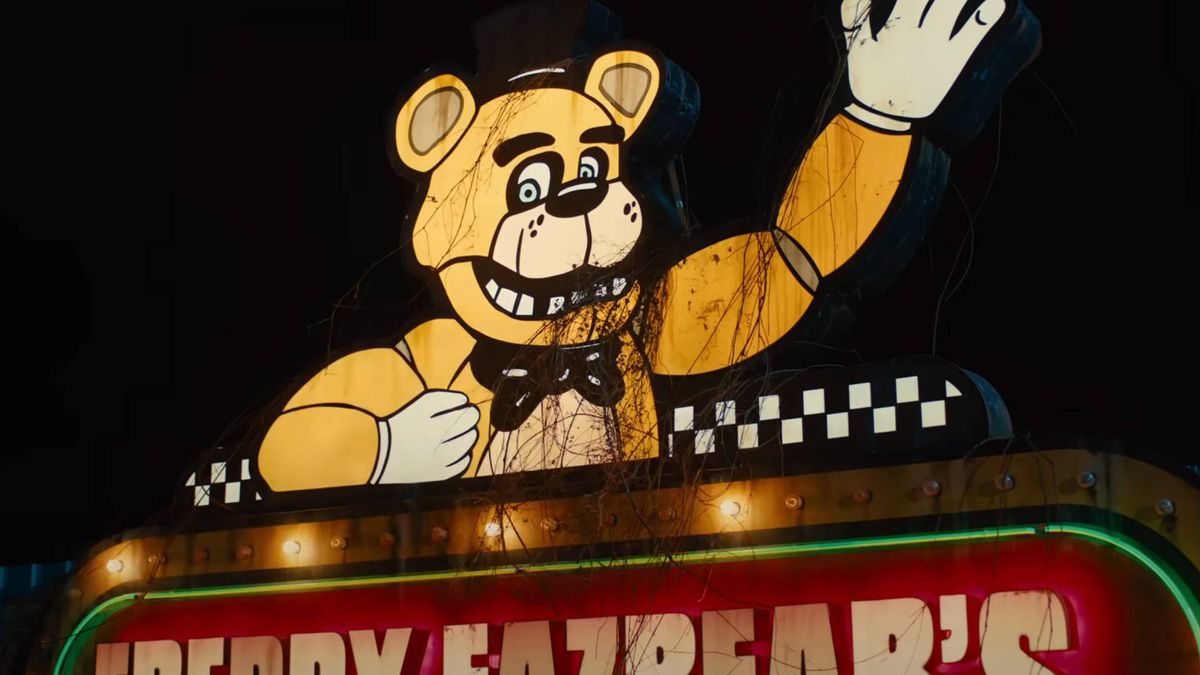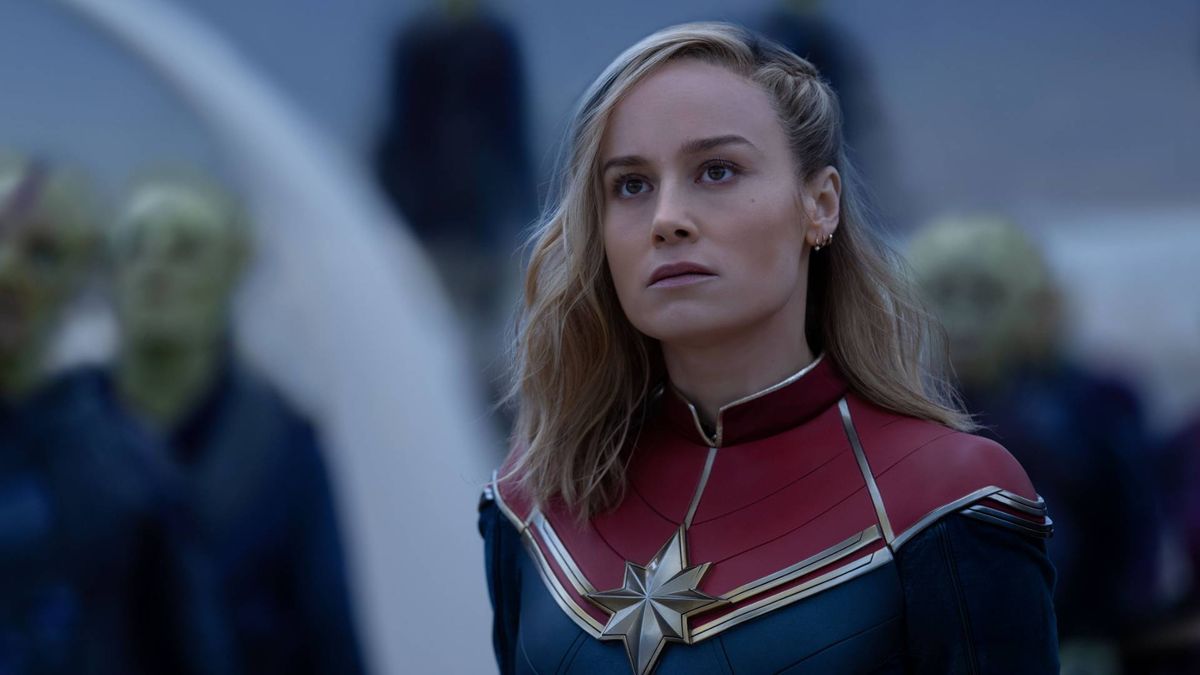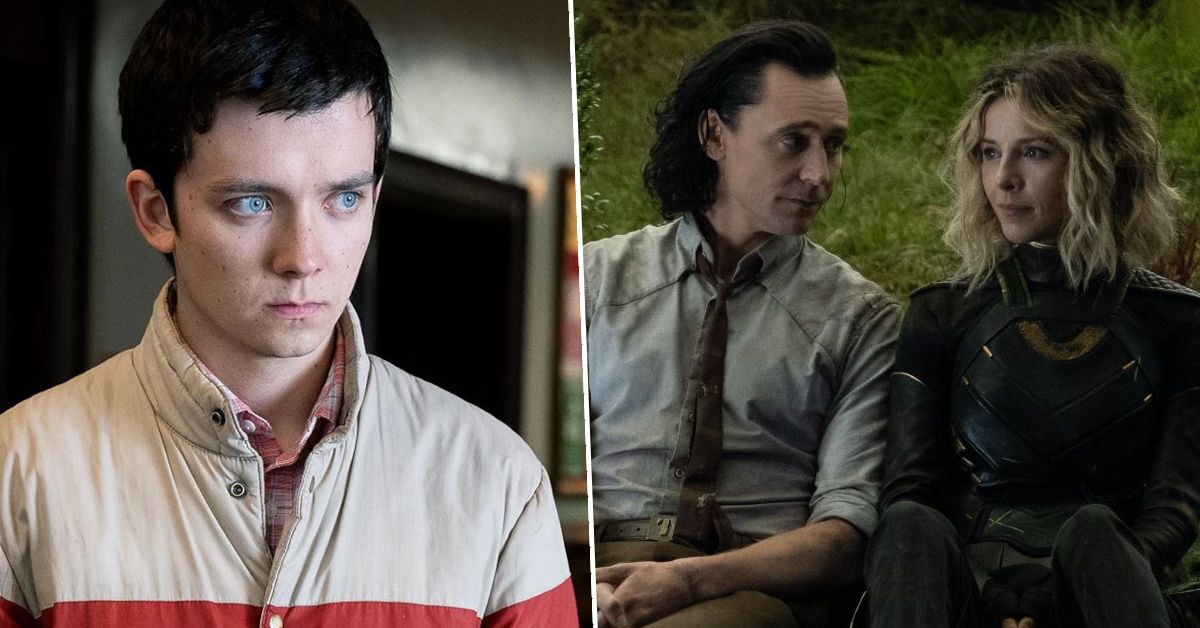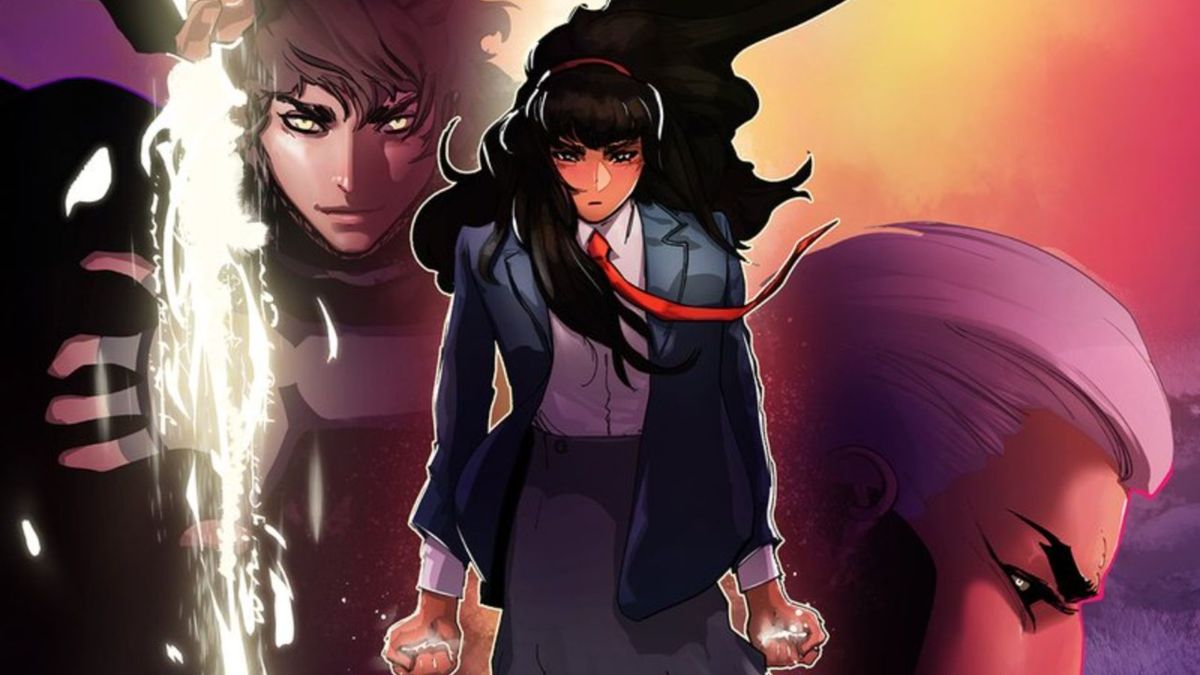Moon Knight episode 3 has premiered on Disney Plus, and the new episode delves much deeper into how Ethan Hawke’s villain Arthur Harrow fits into the larger scheme of the show’s mythos as the former avatar of Khonshu and current avatar of Khonshu’s rival, Ammit.
Yes, that means that episode 3 confirms that Harrow is indeed a former Moon Knight (or at least former fist of Khonshu) and that he rejected Khonshu’s brutal methods of punishing wickedness to embrace Ammit’s more black and white – but less openly violent – interpretation of ‘justice’.
In terms of how that relates to Harrow’s comic book history, well, it doesn’t exactly. But there are other mysteries still lurking around Harrow (and perhaps some other Moon Knight villains who may influence Harrow’s MCU adaptation), and comics may be the window into the answers to those lingering questions.
In some ways, Harrow may be more mysterious than Moon Knight himself, even to long-time comic readers and fans of the eponymous hero. After all, Harrow only has one single comic book appearance under his belt to draw from. It’s so obscure, in fact, it hasn’t even been widely collected or added to any digital services.
Despite his relatively obscure nature (even for Marvel Studios, who often seem to revel in lesser-known characters), Arthur Harrow’s inclusion as Moon Knight’s main enemy on the show may signal some big things about the direction Disney Plus’ Moon Knight could take – especially considering the elements of other Moon Knight villains that seem to be incorporated into Harrow’s MCU incarnation.
What follows may be a comparatively brief trip down Marvel Comics memory lane, but the bits and baubles of Arthur Harrow’s short comic book history could spell out a particularly, well, harrowing (sorry not sorry for the pun) MCU story.
Who is Dr. Arthur Harrow?

In comic books, Dr. Arthur Harrow is a geneticist whose research into the roots and management of physical pain earns him a Nobel Prize nomination. However, before the Nobel Committee announces the prize’s winner, Harrow’s colleague Dr. Victoria Grail discovers a terrible secret behind Harrow’s research.
Grail uncovers documents tracing back to the Auschwitz-Birkenau Nazi death camp, cataloging the results of genetic research performed essentially through torture on Jewish prisoners. Though the documents were meant to be destroyed, as ruled by the Nuremberg Trials which prosecuted Nazi war criminals after WWII, they fell into Harrow’s hands and formed the basis of his research.
(This somewhat echoes the real world, both in terms of the brutal tortures visited on Jewish prisoners under the guise of fully ineffective and unscientific ‘medical experiments,’ and the resulting destruction of the supposed research following the end of the Nazi regime).
When Dr. Grail visits Harrow’s laboratory in the Yucatan region of Mexico to investigate on behalf of the Nobel Committee, she is nearly kidnapped by the secret organization known as OMNIUM (the acronym has never actually been defined) who had hired Harrow and provided him with the Nazi documents, blackmailing him into turning his research into his own medical condition to their nefarious ends.
This is where Moon Knight comes in.

(opens in new tab)
The tale of Arthur Harrow takes place in 1985’s Moon Knight: Fist of Khonshu #2 – part of the six-issue limited series that redefined Moon Knight’s powers as waxing and waning with the phases of the moon, and which established the concept of Moon Knight’s multiple personalities, while also retooling his costume and weaponry with a more directly Egyptian inspired aesthetic – something directly on display in Disney Plus’ Moon Knight.
That bit of background is necessary to explain Moon Knight’s involvement with Harrow, which comes at a time when Marc Spector has given up the identity of Moon Knight. Despite abandoning his superhero identity for a life as a millionaire entrepreneur, Spector begins receiving visions from Khonshu which direct him to find Harrow and save Dr. Grail.
Traveling to the Yucatan, Moon Knight encounters Dr. Grail just in time to save her from OMNIUM, and for the pair to track down Dr. Harrow.
When they find Harrow’s lab, they discover that his research into pain management has actually been geared toward creating ultra-violent super-soldiers who feel no physical pain – a feat he has achieved through monstrous genetic experiments.
Moon Knight and Dr. Grail destroy Harrow’s lab, but he unleashes his army of painless minions against them. With Moon Knight realizing he can’t beat them all, especially if he can’t incapacitate them, he and Dr. Grail flee the laboratory just as Harrow blows it up to cover the evidence of his abusive experiments.
Harrow is later seen reconvening with OMNIUM, who promise to set him up with a new lab for new experiments in another country, holding the evidence of his previous crimes as blackmail against him to keep him under the organization’s thumb.
And weirdly enough, after that one issue of Moon Knight: Fist of Khonshu, neither Dr. Arthur Harrow nor any sign of OMNIUM has been seen again – until the character’s introduction into the MCU on March 30.

(opens in new tab)
However, the version of Arthur Harrow shown in the Moon Knight episode 1 actually bears an interesting resemblance to another more contemporary Moon Knight villain, a former psychiatric patient at Ravencroft Asylum known only as the Sun King, who was a follower of the Egyptian sun god Ra – a rival to Khonshu, god of the moon.
It’s possible aspects of the Sun King will inform the MCU version of Arthur Harrow, who seems to have a spiritual, philosophical bent. Sun King also has superpowers (unlike comic book Arthur Harrow), with the ability to control flames.
The first episode of Moon Knight seems to add to the possible connection between Harrow and the Sun King by establishing that the show’s version of Harrow is a servant of the goddess Ammut (spelled ‘Ammit’ in the show’s captions). In comics, Ammut is a goddess of judgment based on a similar figure from Egyptian mythology, whose machinations with Moon Knight led to the creation of the Sun King.
This may mean that Moon Knight is building toward a version of Harrow that incorporates aspects of multiple comic book villains.
Arthur Harrow in the MCU
Interestingly enough, though he seems to be markedly different from his original comic book incarnation, the MCU version of Arthur Harrow’s larger backstory has yet to be explored in the show, meaning that there’s room to graft bits of his comic history back onto the MCU adaptation – or at the very least, there’s still a relatively blank slate to draw from in the time before he was Marc Spector’s predecessor as the avatar of Khonshu.
What we do know is that the MCU version of Harrow has an unforgiving black and white philosophy based around judgment and balance, channeling the power of the goddess Ammut/Ammit to determine whether people are morally good or bad, and killing those deemed “bad” – even children.
Harrow has also used even more of Ammit’s mystical power, using the cane that acts as her symbol to summon a Jackal monster to hunt down Steven Grant and to perform other magical acts – all of which are in his purview as the mortal avatar of Ammit.
As implied by previous episodes, all the gods of the Ennead have avatars, with Marc Spector serving as Khonshu’s agent on Earth. And while Harrow’s new deity Ammit was imprisoned by the other gods, Khonshu himself has become mistrusted and cast out in the time since. And, in the time since Harrow served as Khonshu’s avatar, he’s seemingly gained the trust of the other avatars of the Ennead, even turning some of them against Marc Spector.

This focus on avatars of the Egyptian deities provides another comic book connection back between Harrow and the Moon Knight villain known as the Sun King, who was himself an avatar of Ra. And while the idea that Harrow could be a version of the Sun King himself seems to be fading, it also strongly appears that the concept behind the Sun King has been extrapolated and expanded into the version of the avatars of the Ennead seen in Moon Knight, Harrow and Marc Spector included.
Though there are still more than enough questions about how Harrow fits into the MCU Moon Knight mythos and how he adapts aspects of Moon Knight’s comic book villains, it appears that he’s something of a conglomeration of several characters who have appeared on the page, with some new, MCU exclusive twists.
From one upcoming new MCU villain to others and potential others. Read up on the comic book history of Doctor Strange and the Multiverse of Madness’s Gargantos and the Illuminati, and Christian Bale’s Thor: Love and Thunder villain Gorr the God Butcher.
 Games News games, movies and TV you love.
Games News games, movies and TV you love.



